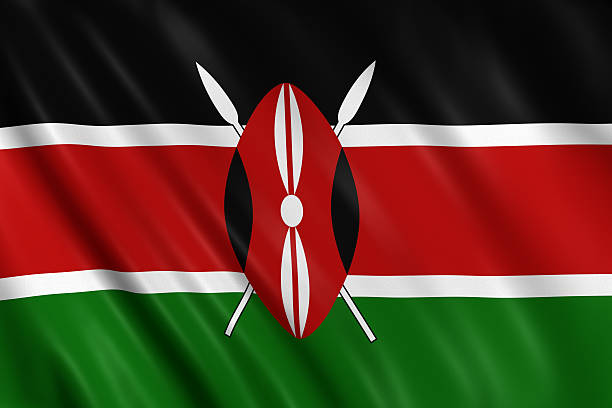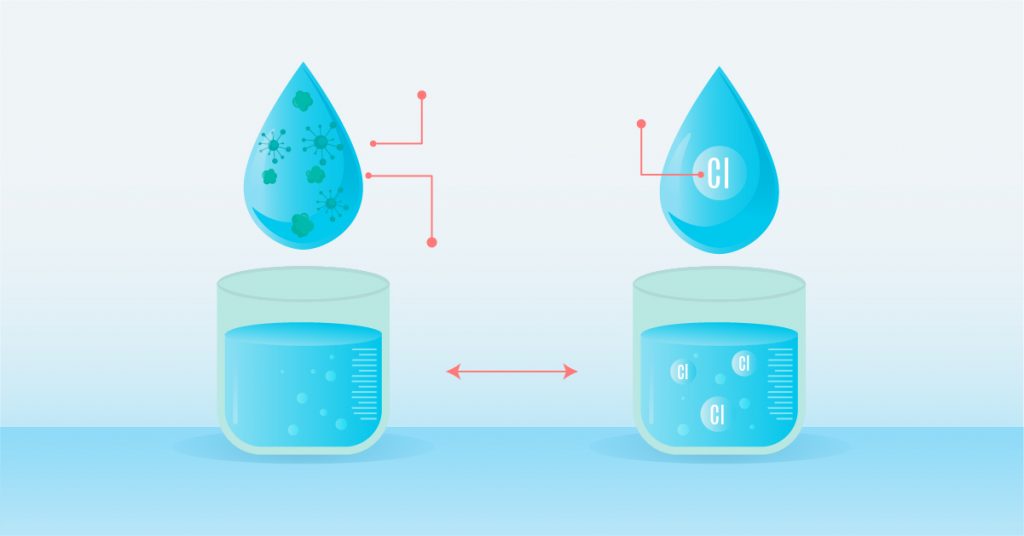In Kenya, water treatment, agriculture, and biology education often highlight two fundamental scientific processes: osmosis and diffusion. While they may seem similar at first glance, these natural mechanisms are distinct and play unique roles in both everyday life and advanced technologies. Understanding the difference between osmosis and diffusion is not just important for students but also for industries and communities working toward better water and resource management.
Defining Diffusion
Diffusion is the movement of particles (solid, liquid, or gas) from an area of high concentration to an area of low concentration until equilibrium is reached. It does not require a semi-permeable membrane. For example:
- Fragrance spreads across a room.
- Oxygen moves from the lungs into the blood.
- Nutrients are absorbed into plant cells.
Diffusion is passive, meaning it requires no external energy. Its universality across gases, liquids, and solids makes it one of the most fundamental natural processes.
Defining Osmosis
Osmosis is a specialized form of diffusion. It specifically refers to the movement of water molecules through a semipermeable membrane, from a region of lower solute concentration to a region of higher solute concentration. This process continues until equilibrium is achieved on both sides of the membrane.
Examples include:
- Water absorption by plant roots from the soil.
- The kidney functions in regulating water in the body.
- Reverse osmosis in water treatment, widely used in Kenya to produce clean drinking water.
What is the Difference Between Diffusion and Osmosis?
Although related, the two processes are distinct. To make it clear, let’s explore what is the difference between diffusion and osmosis:
- Medium of Movement
- Diffusion: Can involve solids, liquids, or gases.
- Osmosis: Exclusively involves water molecules.
- Membrane Requirement
- Diffusion: Does not require a semipermeable membrane.
- Osmosis: Always requires a sesemipermeableembrane.
- Direction of Flow
- Diffusion: Particles move from a higher concentration to loa lower concentration.
- Osmosis: Water moves from a lower solute concentration to a higher solute concentration.
- Applications
- Diffusion: Found in respiration, absorption of nutrients, and fragrance spreading.
- Osmosis: Found in biological functions, plant hydration, and water purification systems.
What is the Difference Between Osmosis and Diffusion in Practice?
In Kenya, practical applications of both processes can be seen in daily life and industry:
- Agriculture – Diffusion helps in nutrient distribution in soils, while osmosis ensures that plants draw water from the soil to sustain growth.
- Healthcare – Diffusion regulates oxygen and carbon dioxide exchange in the lungs, while osmosis is central to kidney dialysis treatments.
- Water Treatment – Reverse osmosis systems, based on osmosis principles, are widely used to produce safe drinking water. Diffusion, on the other hand, plays a role in aeration processes that improve water quality.
How do Ion Exchange Advances in Membrane Water Treatment Technology?
Ion Exchange is at the forefront of advancing membrane water treatment technology. They offer a wide range of membrane filtration systems, including those designed for microfiltration, ultrafiltration, nanofiltration, and reverse osmosis. These systems are tailored to meet the specific needs of Bangladesh’s water challenges. Ion Exchange’s membrane water treatment solutions are designed to be energy-efficient, cost-effective, and environmentally friendly.
HYDRAMEM Membranes
HYDRAMEM, high-performance membranes manufactured by Ion Exchange, represent the latest generation of membrane technology. Combining superior quality with decades of experience in membrane element manufacturing, HYDRAMEM has become the preferred choice for industrial, institutional, and domestic applications alike. Their wide range of products includes:
- Low-Pressure RO Membranes
- Brackish Resistant Membranes
- Fouling-Resistant Membranes
- Sea Water RO Membrane
- Nanofiltration Membrane
- Ultrafiltration Membrane
Key Insights for Kenya’s Future
Kenya’s growing emphasis on science education, sustainable agriculture, and clean water technology makes it crucial to highlight these concepts:
- In education, students can link textbook concepts with practical examples around them, such as plant hydration or water purification.
- In agriculture, knowledge of osmosis and diffusion helps farmers improve crop yields and water efficiency.
- In water management, diffusion-based aeration and osmosis-driven purification ensure clean water for urban and rural areas.
Conclusion
The difference between osmosis and diffusion lies in their mechanism, medmediand applications, yet both are vital to life and technology. To put it simply, diffusion is the general movement of particles, while osmosis is the specific movement of water through a semipermeable membrane.
By understanding what is the difference between diffusion and osmosis and applying it to education, agriculture, and water treatment, Kenya can continue advancing in both sustainability and scientific literacy.


